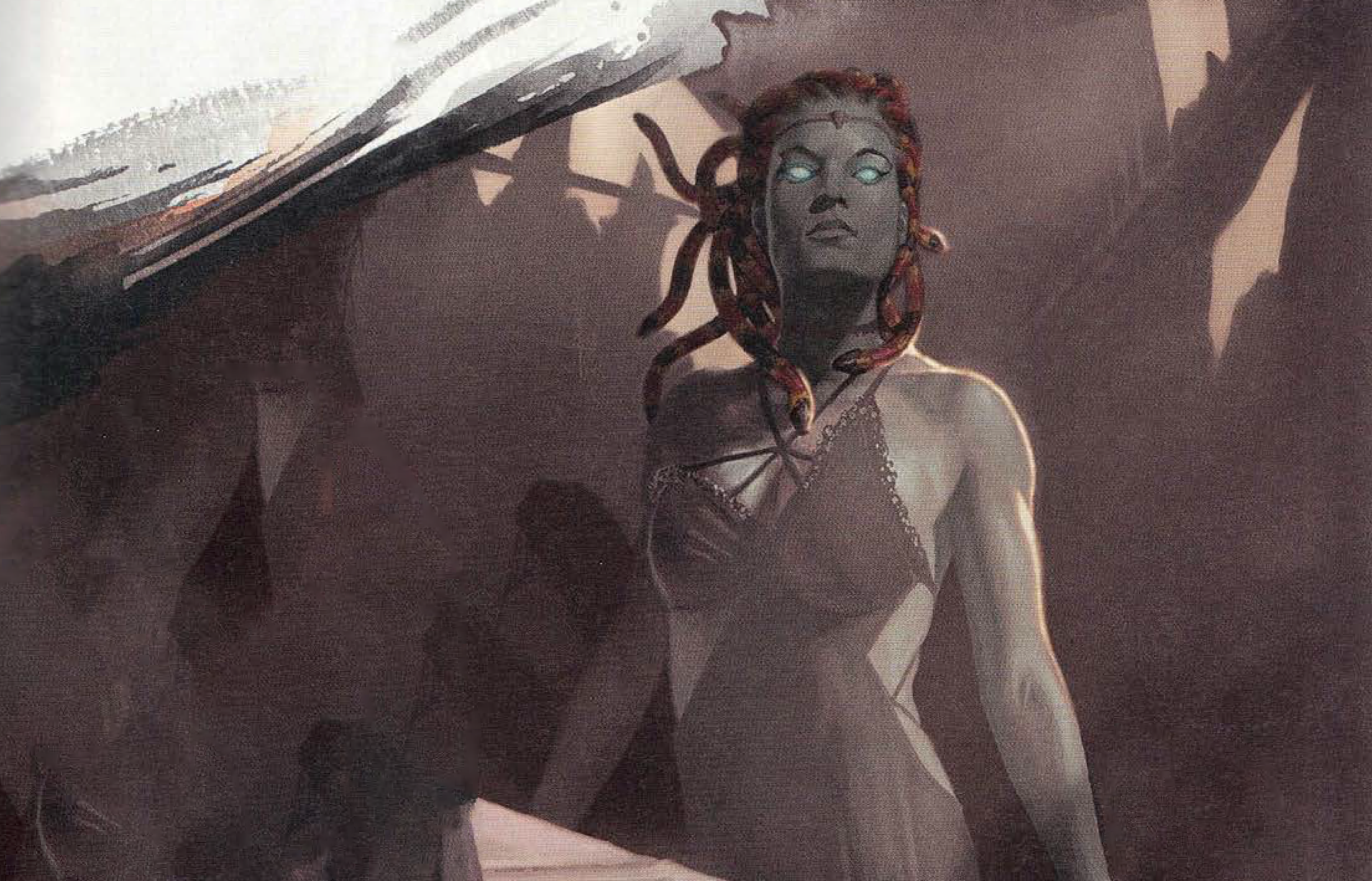The thing about look-up tables is they are far more accessible to people without higher level maths skills. A lot of D&D players are also maths geeks and can easily handle complex equations, but in the real world look-up tables are used for all sorts of things, from the Highway Code to haulage businesses, for things with relatively straightforward formulae.
Sure, but make the look-up table
simple.
Don't make it a 3 dimensional lookup based on monster CR, number of PCs and PC level to produce a difficulty.
My point is that you can get really close to the precision of that
by doing the work on the design side. If you follow through the math above, you can convert 5e XP system with its confusing "encounter size multiplier" into one that doesn't need the multiplier just by picking a better curve for monster XP values.
The table remains - it is one-dimensional, just (CR -> Threat Volume). And on the PC side it is (PC level -> Threat Capacity). You add up both sides, and get 2 values you compare. How they compare tells you how threatening the fight is.
The lookup table I object to is one where you start with PC level, find a table for party size, then look up monster CR on a table to work out what the encounter threat it is. That is a 3 dimensional table!
Baseline 5e did "add up XP capacity of PCs. Add up XP values of monsters. Look up numbers of monsters, fudging based on how similar they are, and multiply XP of monsters. Compare" - which has 1 more table lookup than it should have (and one that honestly breaks down if you have non-uniform monsters". What more there was yet another table to rescale things based on the number of PCs! It is awful and horrible, to many tables, and the tables are too high in dimension.
4e had both the "lookup PC XP capacity, monster XP values, compare the totals"
and "use monsters of relative level to PC group" as ways to judge fight difficulty, with the 2nd being possible to derive from the first. Both of these systems are miles better than 5e encounter building systems.
Even the Minion/Elite/Solo mechanism in 4e (which exists mainly to patch over math problems in 4e) was easy to think about; in heroic, 4 minions replaces 1 normal, 5 in paragon 6 in epic. 1 Elite replaces 2 normal, and 1 Solo replaces 4 normal creatures. Formulas, but really easy ones.
And 4e encounters can vary from 1/2 (for easy) to double (for really hard) the PC budget, both are easy numbers to calculate/remember. And monsters add up linearly - so double number of monsters is double budget.
I'm very disappointed in 5e, because a bit more math work would have given them an
even better system for building encounters. With reducion in ATK/DEF scaling down to 0.5/level instead of 1.0/level, and the assumption that low level PCs have lower accuracy than higher level PCs aginst level-appropriate foes (inherited from OD&D), the range of plausible foes can reach far larger.
The +/-5 levels in 4e can extend easily to +/- 10 in 5e due to half ATK/DEF scaling; making low level creatures have higher ATK/DEF compared to similar PCs than higher level creatures (and lower HP/Damage) can boost that range even further to like +/-15.
Finally, embracing the Solo and Elite mechanics of 4e with a different name. We have this sort of in 5e - Legendary monsters are effectively "solos"; but they use the same CR as non-Legendaries.
But, due to the relatively flat threat volume per level of 5e compared to 4e, monsters CR 15 and up are really only usable as Solos; two CR 15 monsters passes the medium encounter budget for a party of level 20 PCs and quickly 2 breaks deadly.
I think that "wide" and "narrow" monsters is still a good plan; a monster that is fun to fight as a solo should often be designed differently than not, even for low level PCs.
If we work out what a "deadly" encounter would look like:
CR 23: L20 Solo (1xCR20 is deadly encounter budget for 4 PCs)
CR 16: L20 Elite (2xCR16 is near deadly encounter budget for 4 PCs)
CR 10: L20 Normal (4xCR10 is near deadly encounter budget for 4 PCs)
CR 3: L20 Minion (24xCR3 is deadly encounter budget for 4 PCs)
CR 21: L16 Solo (deadly)
CR 13: L16 Elite (2x is deadly)
CR 8: L16 Normal (4x is deadly)
CR 2: L16 Minion (23x is deadly)
CR 15: L10 Solo
CR 8: L10 Elite
CR 5: L10 Normal (3.5x)
CR 1: L10 Minion (20x)
CR 8: L5 Solo
CR 4: L5 Elite
CR 2: L5 Normal (4x)
CR 1/4: L5 Minion (24x)
CR 6: L3 Solo (deadly)
CR 2: L3 Elite (2x deadly)
CR 1: L1 Normal (3.5x)
CR 1/8: L1 minion (19x deadly)
(this is using DMG encounter building rules).
So you could imagine a table mapping (CR -> SoloLevel, EliteLevel, NormalLevel and MinionLevel).
5 minions match 1 PC.
1 normal matches 1 PC.
1 elites matches 2 PCs.
1 solo matches 4 PCs.
This lets you create an encounter by level and party size. It doesn't provide ways to calibrate for below deadly easily - ie, having half as many monsters at-level, vs having lower level monsters, how does that compare?



